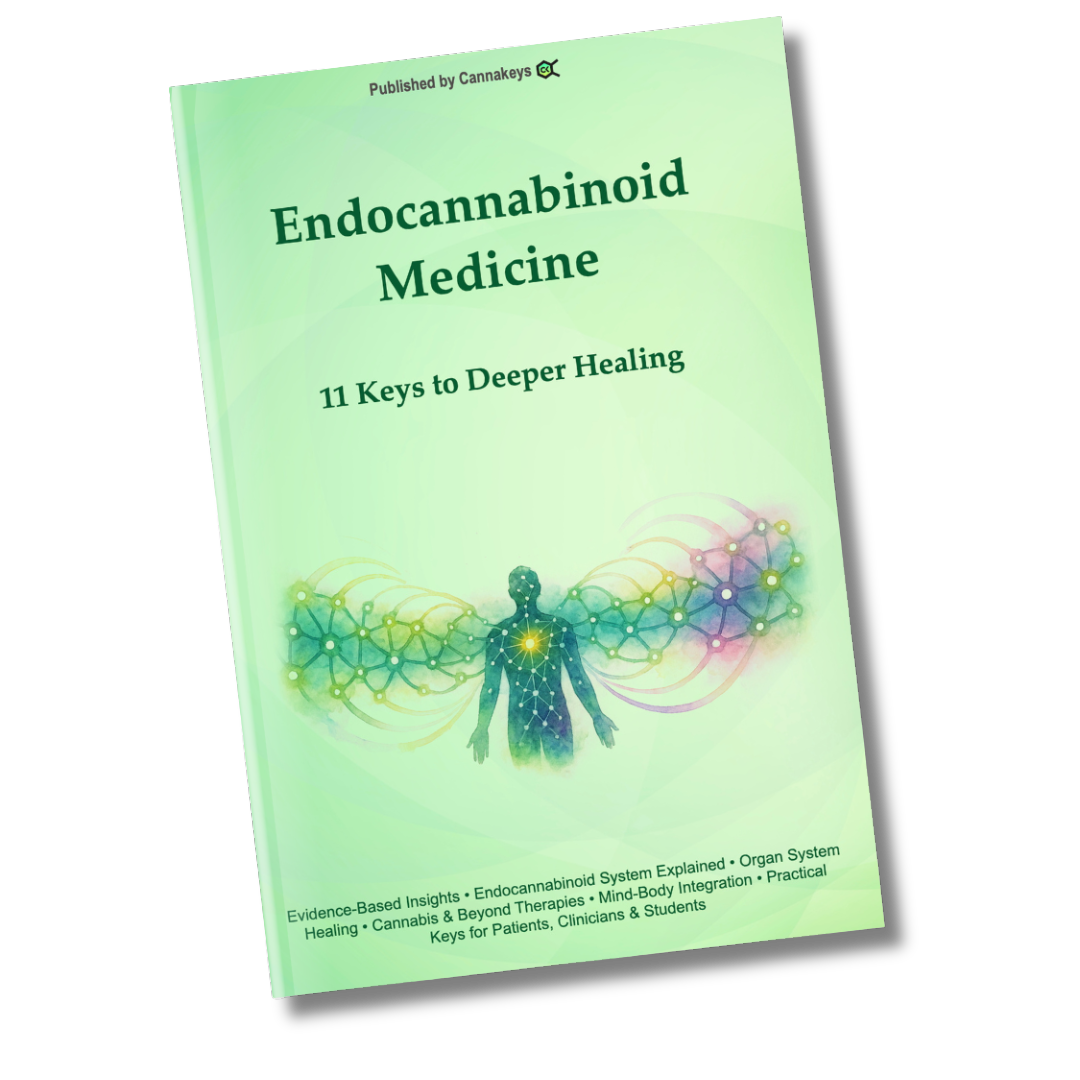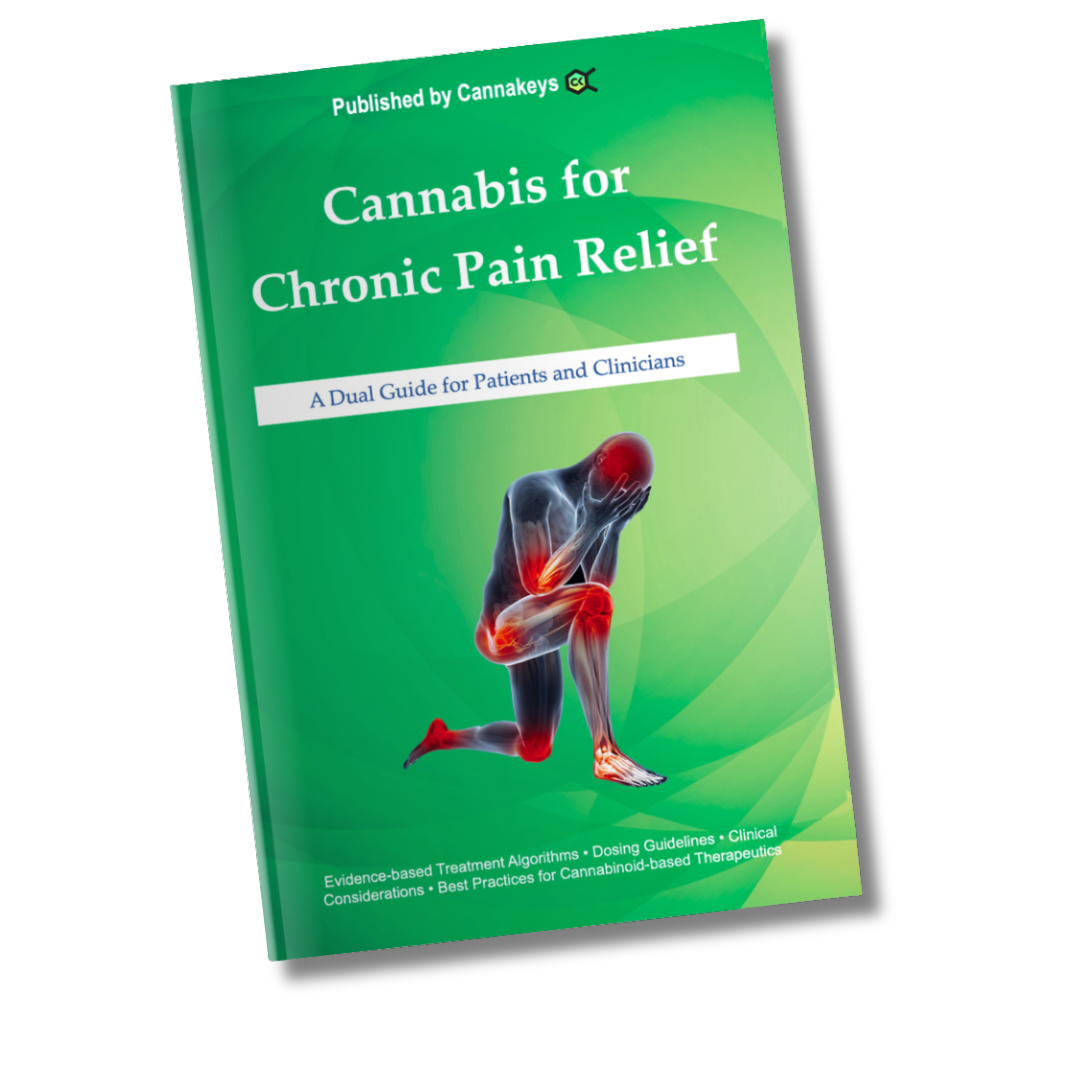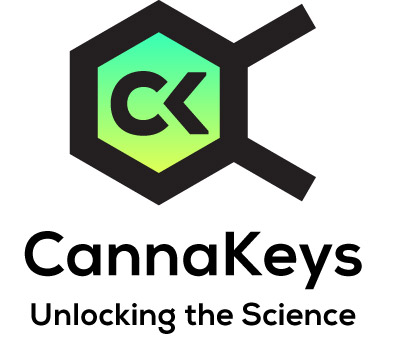Diabetes Mellitus Research Dashboard
What am I missing as a non-subscriber?
To see a full dashboard with study details and filtering, go to our DEMO page.
As a subscriber, you will be able to access dashboard insights including chemotype overviews and dosing summaries for medical conditions and organ system and receptor breakdowns for cannabinoid and terpene searches. Study lists present important guidance including dosing and chemotype information with the ability to drill down to the published material. And all outputs are fully filterable, to help find just the information you need. Stay up-to-date with the science of cannabis and the endocannabinoid system with CannaKeys.
CannaKeys has 282 studies associated with Diabetes Mellitus.
Here is a small sampling of Diabetes Mellitus studies by title:
- The role of tetrahydrocannabivarin (THCV) in metabolic disorders: A promising cannabinoid for diabetes and weight management
- CANBERRA: A Phase II Randomized Clinical Trial to Test the Therapeutic Potential of Oral Vicasinabin in Diabetic Retinopathy
- Unlocking the Antidiabetic Potential of CBD: In Vivo Preclinical Studies
- Cutaneous Wound Healing and the Effects of Cannabidiol
- Abnormal cannabidiol confers cardioprotection in diabetic rats independent of glycemic control
Ready to become a subscriber? Go to our PRICING page. Want to learn more about Endocannabinoid Medicine? Buy a book.

Endocannabinoid Medicine: 11 Keys to Deeper Healing
A clear, science-based guide to working with the endocannabinoid system for whole-body balance.
Buy Book
Cannabis for Chronic Pain Relief: A Dual Guide for Patients and Clinicians
A practical, evidence-based guide to using cannabis and cannabinoids for chronic pain.
Buy BookDiabetes Mellitus Research Dashboard
What am I missing as a non-subscriber?
To see a full dashboard with study details and filtering, go to our DEMO page.
As a subscriber, you will be able to access dashboard insights including chemotype overviews and dosing summaries for medical conditions and organ system and receptor breakdowns for cannabinoid and terpene searches. Study lists present important guidance including dosing and chemotype information with the ability to drill down to the published material. And all outputs are fully filterable, to help find just the information you need. Stay up-to-date with the science of cannabis and the endocannabinoid system with CannaKeys.
CannaKeys has 282 studies associated with Diabetes Mellitus.
Here is a small sampling of Diabetes Mellitus studies by title:
- The role of tetrahydrocannabivarin (THCV) in metabolic disorders: A promising cannabinoid for diabetes and weight management
- CANBERRA: A Phase II Randomized Clinical Trial to Test the Therapeutic Potential of Oral Vicasinabin in Diabetic Retinopathy
- Unlocking the Antidiabetic Potential of CBD: In Vivo Preclinical Studies
- Cutaneous Wound Healing and the Effects of Cannabidiol
- Abnormal cannabidiol confers cardioprotection in diabetic rats independent of glycemic control
Ready to become a subscriber? Go to our PRICING page. Want to learn more about Endocannabinoid Medicine? Buy a book.

Endocannabinoid Medicine: 11 Keys to Deeper Healing
A clear, science-based guide to working with the endocannabinoid system for whole-body balance.
Buy Book
Cannabis for Chronic Pain Relief: A Dual Guide for Patients and Clinicians
A practical, evidence-based guide to using cannabis and cannabinoids for chronic pain.
Buy BookSelect New Condition
Overview - Diabetes Mellitus
Description of Diabetes Mellitus
Diabetes mellitus (DM) is a group of metabolic conditions characterized by chronically elevated blood glucose caused by problems with insulin production, insulin action, or both. Over time, this dysregulation can impair blood vessels, nerves, kidneys, eyes, and overall metabolic resilience.
- Type 1 diabetes occurs when the immune system mistakenly destroys the insulin-producing β-cells in the pancreas, leading to an absolute insulin deficiency and lifelong insulin dependence.
- Type 2 diabetes develops when the body becomes resistant to insulin or cannot produce enough to keep glucose in balance, often linked to genetics, excess weight, inflammation, and lifestyle factors.
- Gestational diabetes appears during pregnancy when hormonal shifts increase insulin resistance beyond what the pancreas can compensate for and typically resolves after delivery, though it raises future diabetes risk.
While all three forms involve high blood glucose, they differ in their root causes: autoimmunity for Type 1, insulin resistance for Type 2, and pregnancy-related hormonal changes for gestational diabetes.
Several endocrinopathies and genetic disorders are well-established causes or contributors to diabetes mellitus (DM). These conditions can either impair insulin secretion, increase insulin resistance, or disrupt glucose metabolism. Here’s a quick breakdown:
- Genetic Conditions MODY (Maturity-Onset Diabetes of the Young): A group of monogenic disorders causing impaired insulin secretion → leads to early-onset, non–insulin-resistant diabetes.
- Endocrinopathies That Can Cause or Predispose to Diabetes Acromegaly: Excess growth hormone increases insulin resistance.
- Cushing Syndrome: Elevated cortisol raises hepatic glucose output and induces insulin resistance.
- Glucagonoma: Excess glucagon dramatically elevates blood glucose.
- Hyperthyroidism: Increases glucose absorption and hepatic output; can worsen insulin resistance.
- Hyperaldosteronism: Causes hypokalemia, which impairs insulin secretion.
- Somatostatinoma: Excess somatostatin suppresses insulin release → hyperglycemia.
These conditions are well documented in the endocrinology literature as secondary causes of diabetes mellitus (Sapra et al., 2023).
Potential future treatments trends: Recent pre-clinical developments of note showed that a new combination drug treatment of harmine (a plant-based alkaloid) and exendin-4 (a lizard-derived peptide) boosted insulin-producing beta cells by 700%, effectively reversing all signs and symptoms of the disease until it was cured (C. Rosselot et al., 2024).
Disease Classification
Condition: DiabetesDisease Family: Endocrine Disorder
Organ System: Endocrine System
ICD-10 Chapter: Endocrine, Nutritional, and Metabolic Diseases
ICD-10 Code: E10-E13
Diabetes Mellitus Symptoms:
From mild to severe: Increased thirst (polydipsia), polyuria (increased frequency of urination), hypoglycemia, polyphagia (increased appetite), sweet-smelling urine, generalized weakness, blurred vision, itchy skin, slow healing wounds (especially at distal portions of the limbs), diaphoresis, trembling, acetone-like smelling breath (ketoacidosis, Kussmaul breathing), aggressive behavior, altered mental state, seizure activity, loss of consciousness, diabetic comaAlso known as:
Diabetes mellitus, DM, DM-2, DM-1, labile diabetes, brittle diabetes, gestational diabetes, neonatal diabetes, postprocedural diabetes, Type 2 diabetes (T2D), Type 1 diabetes (T1D)Drug Interactions
THC Interaction with Pharmaceutical Drugs
- Tetrahydrocannabinol (THC) can enhance the effects of drugs that cause sedation and depress the central nervous system, such as benzodiazepines, barbiturates, and alcohol.
- THC is metabolized by an inhibitor of several enzymatic liver pathways referred to as cytochrome P450 (aka CYP450). There are more than 50 enzymes belonging to this enzyme family, several of which are responsible for the breakdown of common drugs such as antidepressants (e.g., amitriptyline, doxepin, fluvoxamine), antipsychotics (haloperidol, clozapine, Stelazine), beta-blockers (e.g., propranolol), bronchodilators (e.g., theophylline), or blood thinners (e.g., warfarin). Thus, patients taking these medication classes may find that THC increases the concentration and effects of these drugs and the impact duration.
- Clinical observation (not yet confirmed by clinical trials) suggests no likely interactions with other pharmaceuticals at a total daily dose of up to 20mg THC.
If you are interested in the interaction potential of specific pharmaceuticals with THC, consider visiting these free drug interaction checkers: Drugs.com or DrugBank Online.
CBD Interaction with Pharmaceutical Drugs
- Cannabidiol (CBD) may alter the action of metabolic enzymes (specific drug-transport mechanisms) and alter interactions with other drugs, some of which may produce therapeutic or adverse effects. For instance, CBD interacts with the enzyme cytochrome P450 3A4 and cytochrome P450 2C19, increasing the bioavailability of anti-epileptic drugs such as clobazam (a benzodiazepine). This makes it possible to achieve the same results at significantly lower dosages, reducing treatment costs and risks of adverse effects.
- Groups of drugs affected include anti-epileptics, psychiatric drugs, and drugs affecting metabolic enzymes.
- Clinical observations (not yet confirmed by clinical trials) suggest no likely interactions with other pharmaceuticals at a total daily dose of up to 100mg CBD.
If you are interested in the interaction potential of specific pharmaceuticals with CBD, consider visiting these free drug interaction checkers: Drugs.com or DrugBank Online.
THC/CBD Interaction with Pharmaceutical Drugs
In general, when using cannabinoid-based therapeutics that contain both THC and CBD consider the ratio between them and weigh the relevant information displayed in the individual THC and CBD Drug Interaction windows accordingly.
If you are interested in the interaction potential of specific pharmaceuticals with both primary cannabinoids and THC/CBD, consider visiting these free drug interaction checkers: Drugs.com or DrugBank Online.
Concerns about Cannabis and Cancer-related Immunotherapies:
Some recent clinical observational studies have suggested that the co-administration of cannabinoid-based therapeutics and immunotherapy or immune checkpoint inhibitors in the treatment of certain types of cancer has been associated with worse overall survival rates (T. Taha et al., 2019; A. Biedny et al., 2020; G. Bar-Sela et al., 2020).
However, other studies have suggested that the co-commitment use of immune checkpoint inhibitors and cannabis-induced no such deleterious effects. More specifically, one trial was conducted on animals resulting in data suggesting that cannabis did not negatively affect the properties of immune checkpoint inhibitors (B. Waissengrin et al., 2023). The same authors compared the previous study results with findings from a cohort of 201 patients with metastatic non-small cell lung cancer who received treatment with monotherapy pembrolizumab as a first-line treatment and adjunct cannabis to treat mainly pain and loss of appetite. Their time to tumor progression was 6.1 versus 5.6 months, and overall survival differed between 54.9 versus 23.6 months in cannabis-naïve patients and cannabis-using patients, respectively. However, while numerically different, the authors write that these differences were not statistically significant, leading them to suggest that “These data provide reassurance regarding the absence of a deleterious effect of cannabis in this clinical setting.”
Dosing Considerations
THC Dosage Considerations
- THC micro dose: 0.1 mg to 0.4 mg
- THC low dose: 0.5 mg to 5 mg
- THC medium dose: 6 mg to 20 mg
- THC high dose: 21 mg to 50+ mg
CBD Dosage Considerations
- CBD low dose: 0.4 mg to 19 mg
- CBD medium dose: 20 mg to 99 mg
- CBD high dose: 100 mg to 800+ mg (upper limits tested ~1,500mg)
Disclaimer
Information on this site is provided for informational purposes only and is not meant to substitute for the advice provided by your own licensed physician or other medical professional. You
should not use the information contained herein for diagnosing or treating a health problem or disease. If using a product, you should read carefully all product packaging. If you have or suspect that you have a
medical problem, promptly contact your health care provider.
Information on this site is based on scientific studies (human, animal, or in vitro), clinical experience, or traditional usage as cited in each article. The results reported may not necessarily occur in all individuals. For many of the conditions discussed, treatment with prescription or over-the-counter medication is also available. Consult your physician, nutritionally oriented health care practitioner, and/or pharmacist for any health problem and before using any supplements or before making any changes in prescribed medications.

